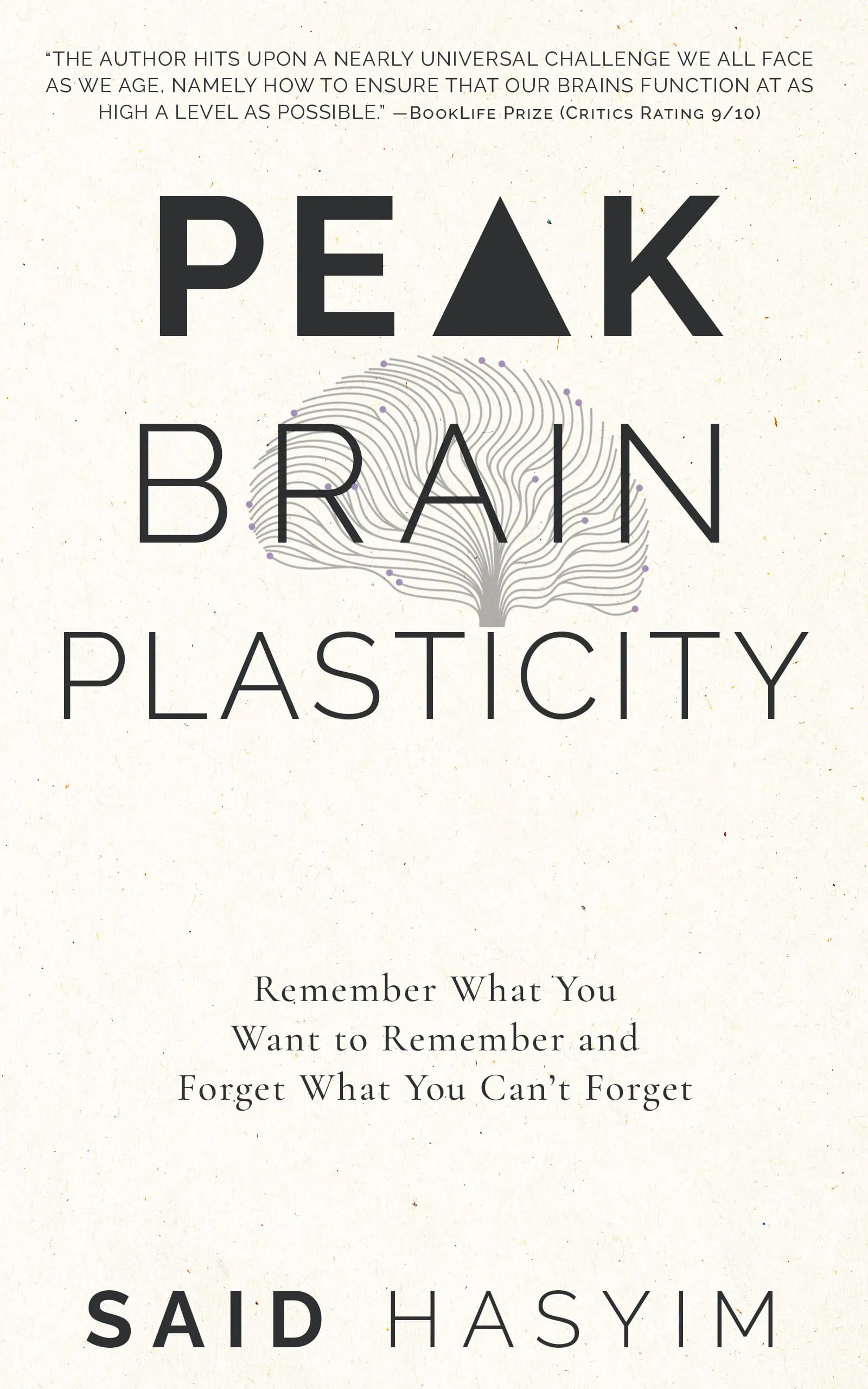Mind Mapping: A Tool for Better Memory Retention
In today’s fast-paced world, the ability to retain information is more important than ever. Whether you are a student preparing for exams, a professional looking to master new skills, or simply someone who values knowledge, finding effective ways to improve memory retention is crucial. One of the most powerful tools that can aid in this endeavor is mind mapping. In this blog post, we’ll explore what mind mapping is, how it works, and the cognitive benefits it provides for memory retention.
What is Mind Mapping?
Mind mapping is a visual representation of information that organizes thoughts and ideas in a non-linear way. At its core, mind mapping allows you to break down complex topics into bite-sized pieces, making it easier for your brain to process and remember.
Traditionally, mind maps consist of a central idea, branching out into related thoughts and subtopics, often using images, colors, and lines to illustrate connections. This visual format caters to both the logical and creative sides of the brain, enabling users to see the big picture while also focusing on individual components.
The Science Behind Memory Retention
Before delving into the advantages of mind mapping, it's important to understand how memory works. Memory retention is influenced by several factors:
- Encoding: The process of transforming information into a form that can be stored in the brain.
- Storage: The ability to maintain information over time.
- Retrieval: The act of recalling information when needed.
Research shows that engaging multiple senses and reinforcing information through visual means can significantly enhance memory retention. Mind mapping addresses these aspects by combining visual props with structured thought organization.
Advantages of Mind Mapping for Memory Retention
1. Enhanced Organization of Information
Mind maps visually depict information in a hierarchical format. By organizing notes, thoughts, or concepts into branches, users can identify relationships, hierarchies, and categories easily. This structured overview simplifies complex topics, making them easier to navigate and remember.
2. Increased Engagement and Creativity
Using colors, symbols, and images in mind maps invokes creativity. Engaging with the material in a more interactive way can lead to greater retention. This creative approach not only makes the process enjoyable but also helps encode information more effectively.
3. Improved Focus and Concentration
Creating a mind map encourages a focused approach to learning. By breaking down topics into smaller, manageable parts, learners can concentrate on one aspect at a time. This focused attention can significantly increase retention rates, preventing cognitive overload.
4. Facilitation of Active Learning
Mind mapping is an active learning technique. Rather than passively reading or listening, users engage in the creative process of constructing their mind map. This active participation has been shown to improve recall and understanding, making it easier to retrieve information later.
5. Stronger Connections and Associations
The branching structure of a mind map helps create strong associations between different ideas. By visualizing these connections, you improve your ability to recall related information. For example, when studying for a biology exam, a mind map can help illustrate how different systems (like the circulatory and respiratory systems) interact, solidifying your understanding of the material.
How to Create an Effective Mind Map
Creating an effective mind map might seem daunting at first, but with a little practice, it can be a straightforward process. Here are some simple steps to get you started:
Step 1: Start with a Central Idea
Begin your mind map with a central concept or question. Place this in the center of your page, surrounded by ample space for branching out.
Step 2: Add Branches for Main Topics
Identify the main topics related to your central idea. Draw branch lines connecting these topics to the central idea. Label each branch clearly.
Step 3: Expand with Subtopics
For each main topic, identify subtopics or key points. Add branches that connect these subtopics to their respective main topic. Continue this process as necessary, creating a hierarchy of information.
Step 4: Include Visuals and Colors
Incorporate images, symbols, or colors to highlight key points and make your mind map visually engaging. This not only makes it more attractive but also reinforces memory through visual cues.
Step 5: Review and Revise
Once your mind map is complete, take a moment to review and revise. Ensure that all connections make sense and that you feel comfortable recalling the information. You can also add further details or adjustments as new information comes to light.
Mind Mapping in Different Contexts
Mind mapping is versatile and can be adapted to various contexts:
- Studying: Use mind maps to break down chapters or subjects into key concepts and facts for easier review.
- Problem-solving: Generate ideas or solutions for a project by branching out potential solutions and examining their implications.
- Planning: Organize projects or events by creating a map that outlines tasks, resources, and deadlines.
Tools for Mind Mapping
While traditional pen-and-paper methods can be effective, numerous digital tools are available to enhance the mind mapping experience:
- MindMeister
- XMind
- Coggle
- Ayoa
These tools offer features like collaborative capabilities, easy editing, and cloud storage for accessing mind maps from anywhere.
Conclusion
Mind mapping is an exceptional tool for improving memory retention, enhancing creativity, and organizing information effectively. Whether you’re a student, a professional, or someone keen on lifelong learning, incorporating mind mapping into your study practices can lead to better understanding and recall.
So why wait? Grab some paper and colored pens, or open your preferred mind mapping software, and begin mapping out your thoughts today! You might just find that the process transforms the way you learn and remember.
Harness the Power of Neuroplasticity
Discover Peak Brain Plasticity, a practical book to harnessing neuroplasticity. Enhance your memory, learn new languages quickly, and alleviate anxiety with effective study methods. Uncover daily habits that impact cognitive health and explore techniques for accelerated learning and memory retention. Unlock your brain's potential for growth and transformation.
